Dentistry, much like other areas of healthcare, is quietly undergoing a powerful transformation. Central to this change is the growing role of AI in dentistry, particularly in the form of predictive analytics —a method that uses data patterns to anticipate outcomes before they turn into visible issues. Reactive dentistry is slowly being moved into a more proactive data driven one as AI enabled dental technologies become more popular.
Although such a change may not appear to be very dramatic, its consequences are striking. Practices and dentists are shifting their focus to not just fixing problems, but preventing them even before they happen. It is about analyzing what already is there- past records, treatment responses, and behavioral indicators, and letting tools identify the risks in advance. Let’s explore how predictive analytics is shaping the future of dentistry.
It Used to Be: Wait, See, Fix
Contents
- It Used to Be: Wait, See, Fix
- Now: Spotting the Patterns Before They Hurt
- A Quick Example
- It’s Not Just About Teeth — It’s About Timing
- One-Size-Fits-All? Not Anymore
- Behind the Scenes: Smoother Everything
- It’s Still Human-Centered (Just Smarter)
- Patients Might Not Notice — and That’s a Good Thing
- The Bottom Line
For a long time, dental care followed a pretty simple rhythm. You’d come in, maybe once or twice a year. If something was wrong — a cavity, gum inflammation, maybe a cracked filling — it got fixed. If nothing obvious popped up, you were good to go.
The thing is, that approach assumes problems only exist when they’re visible or painful. And we now know that’s not always the case. Decay, for example, doesn’t show symptoms until it’s fairly advanced. And by the time you feel gum disease, it may have been brewing for months.
Now: Spotting the Patterns Before They Hurt
This is where predictive tools come in. They don’t replace the dentist — not even close. But they do help spot subtle signs early on. How? By using data. Lots of it.
By integrating AI tools in dental diagnostics, dentists can rely on evidence-based predictions to inform care. Tools like Overjet , scanO and VideaHealth use machine learning to analyze dental radiographs, identify early signs of disease, and quantify bone loss—helping dentists detect problems before symptoms appear. Platforms such as Pangaea X connect practices with data science talent, further enabling the power of predictive analytics in dentistry.
A Quick Example
Let’s say a dentist has a patient who hasn’t had any big issues recently — just the occasional small cavity. But predictive models show that people with a similar history often end up needing root canals within a year. Maybe it’s something about the rate of wear, or the way those cavities form. The dentist wouldn’t have seen that on their own. But the data sees it.
So instead of waiting, the dentist might say, “Look, based on what we’re seeing with similar cases, it could be smart to reinforce this tooth now.” That’s not guesswork. That’s informed care — and it might just save the patient a lot of pain (and money) later on.
It’s Not Just About Teeth — It’s About Timing
Another area where predictive insights are helping? Appointment scheduling.
Missed appointments are more than just annoying. They mess with a clinic’s schedule, waste time, and delay care. But if the system can flag patients who are more likely to cancel — based on past behavior, time of day, even weather trends — then the front desk can respond. Maybe by sending an extra reminder. Or suggesting a different time slot.
It’s a small thing, but it adds up. Fewer no-shows mean a smoother day for staff, and better consistency for the patient.
One-Size-Fits-All? Not Anymore
There was a time when everyone basically got the same routine: check-up, cleaning, and maybe advice to floss more. But today’s tools allow for more nuance.
If the data suggests a certain group of patients responds better to fluoride varnish before cleanings instead of after, or if one group does better with shorter recall intervals, dentists can adapt. Treatment starts feeling less like a script and more like a plan built around the person in the chair.
That doesn’t just improve outcomes — it also builds trust. People like knowing their care is truly personalized.
How Dental AI Benefits Communities and Public Health
It’s easy to think of all this in one-to-one terms — patient and dentist. But predictive models also help at the community level.
when the data shows a rise in childhood cavities in a particular neighbourhood, clinics and public health groups can step in. Maybe a school outreach program. Maybe setting up a mobile clinic. The point is, they’re not waiting for the problem to get worse — they’re getting ahead of it.
It is the big-picture power of predictive care. It doesn’t just fix issues. It prevents them. And that can make a big difference, especially in underserved areas.
Behind the Scenes: Smoother Everything
We should not forget what this means for dental offices themselves. Running a practice is a juggling act — between supplies, staffing, and patient load, things can get complicated fast.
But if the team knows that, say, March tends to bring a rise in crown procedures, they can stock up and train accordingly. If hygiene appointments slow in August, they can plan staff vacations then. Predictive planning helps the whole system breathe easier.
It’s Still Human-Centered (Just Smarter)
With all this talk of data and algorithms, it’s worth pausing to say: the dentist is still at the heart of the decision-making. These tools are exactly that — tools. They don’t replace judgment. They enhance it.
Think of predictive analytics like a flashlight. It doesn’t tell you what to do — it just helps you see more clearly. The treatment is still based on conversation, context, and care.
Patients Might Not Notice — and That’s a Good Thing
Here’s the funny part: you might not even realize your dentist is using predictive tools. There won’t be a big neon sign that says “AI assisted this check-up.”
But you’ll feel the results. Maybe your appointments are better timed. Maybe a minor issue is caught early, and dealt with easily. Maybe your treatment just feels like it fits you better.
That’s the goal. Quiet improvements. Fewer surprises. More peace of mind.
The Bottom Line
Predictive analytics isn’t about turning dentistry into data science. It’s about using the information we already have — and making smarter, earlier decisions with it.
Problems get caught earlier.
Clinics run more smoothly.
Patients get care that feels right.
And communities benefit in ways they may not even notice — until outcomes improve.
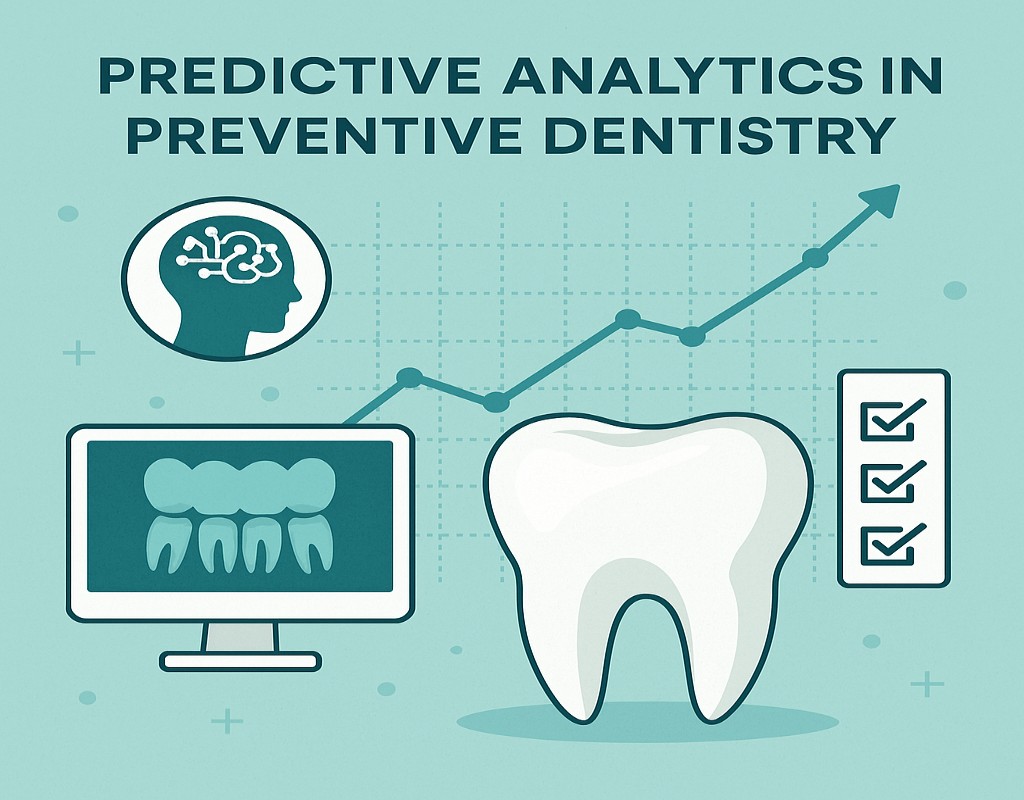

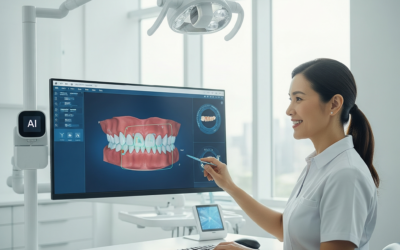
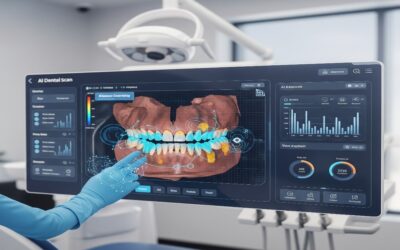
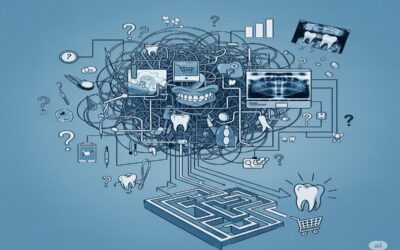
0 Comments